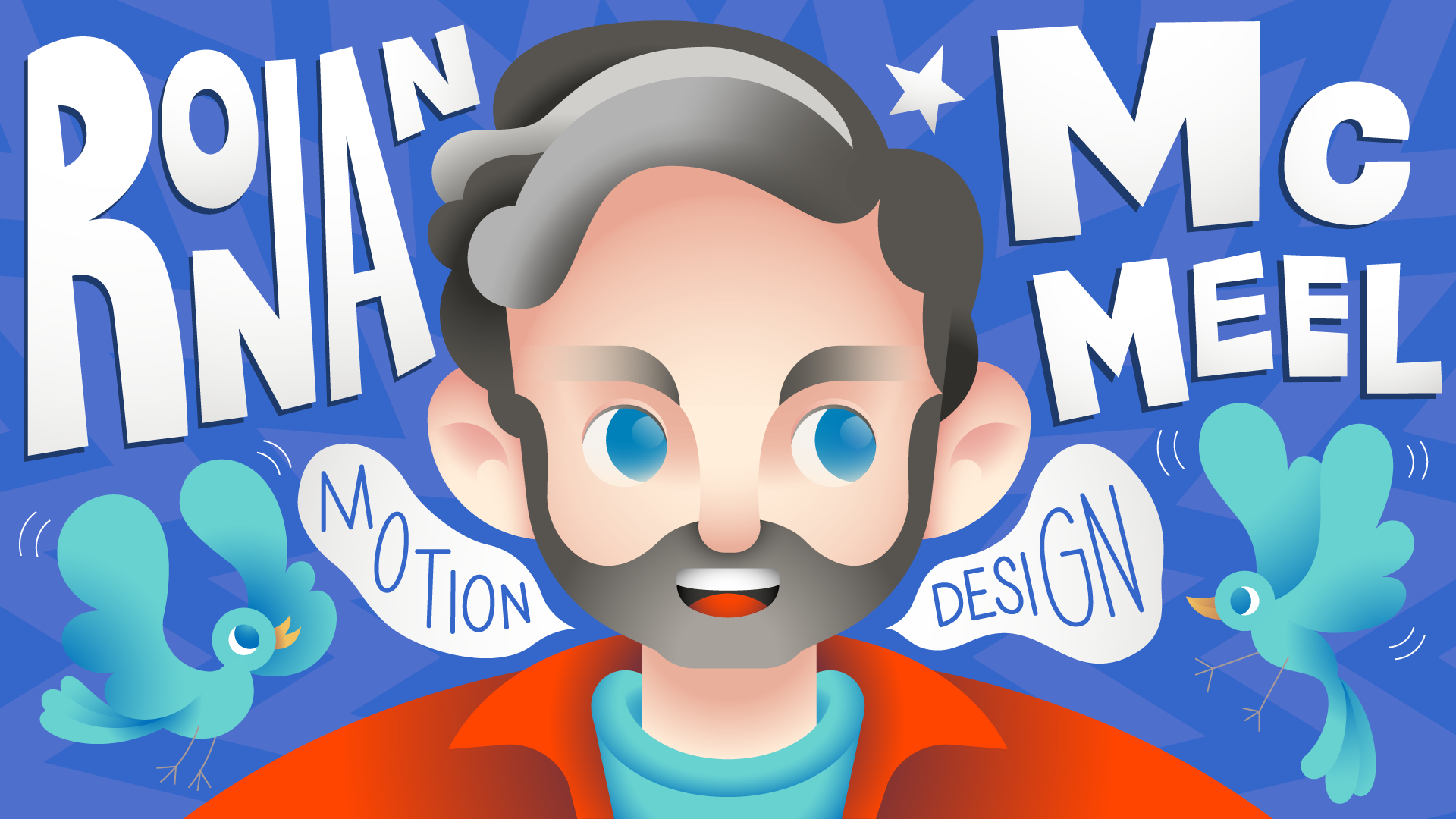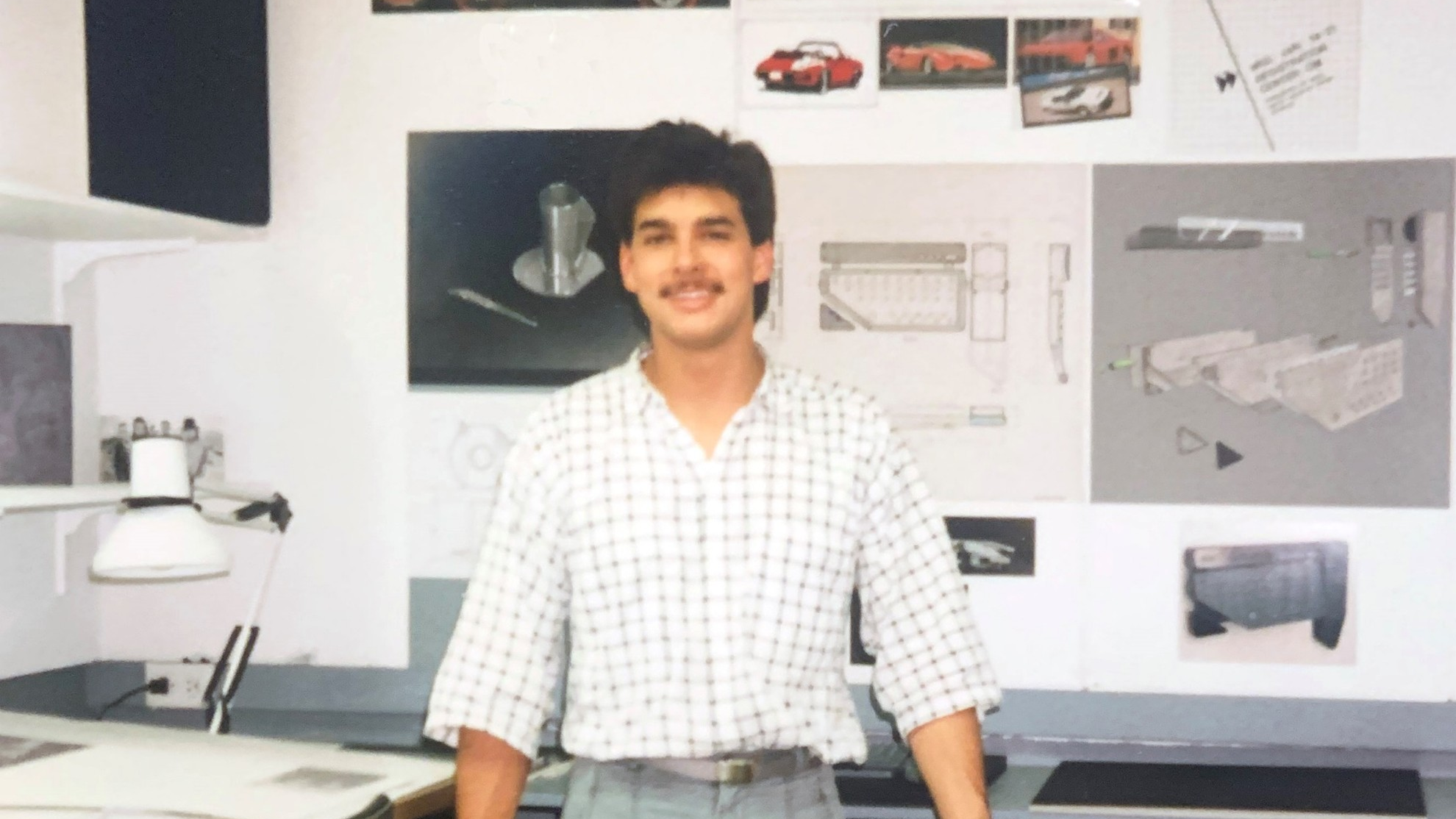
In 1995, Carl Ledbetter embarked on a transformative journey at Microsoft, beginning with the design of the next iteration of the mouse. He has since indelibly shaped our product design landscape through innovative contributions like the revolutionary Xbox Adaptive Controller and the IntelliMouse, both of which exemplify his commitment to human-centered and inclusive design principles. Today, Carl is a distinguished Partner Director of Design at Microsoft and his visionary approach continues to influence Microsoft’s design ethos and drive the evolution of technology to be more accessible and user-friendly. We sat down with Carl to discuss some of his experiences and learnings across his 30-year career.
In your tenure at Microsoft, how has industrial design evolved within the company?
Over the years, the design of devices has improved dramatically in two ways. The first is hardware and software being designed together in a more harmonious way has gotten better. Whether it is a PC peripheral allowing you to interact and engage with Windows operating system, or an Xbox controller that is more intimately curating a gaming experience, there is greater synergy between hardware and software design. The second is that the design quality and ethos of devices have evolved significantly. It is less about style, and truer to our company’s mission of empowering everyone on this planet to do more. I am impressed by the quality of the devices we deliver today and feel fortunate to witness the maturity of our designs over the last 30 years.



Let us dive into a specific PC peripheral – the mouse – which you have significantly contributed to iteration after iteration. How has the design of the mouse evolved over the years and what breakthroughs did you witness?
The first mouse was released in 1983 and was bundled with some of the first versions of software, such as Microsoft Word. At that time, the concept of using a mouse to interact with a computer was relatively new and so bundling it with software alongside an on-screen tutorial helped users understand how to use the device effectively. It also ensured users could quickly and easily adopt new technology, enhancing their overall computing experience. Since then, there has been this trust developed with our customers that when you buy a Microsoft mouse, it is just going to work. This trust has been foundational to our brand today.
For me, there were two major technological breakthroughs. Mice used to have a mechanical encoder that converted the motion of a rubber coated ball on the underside of the mouse into digital output signals that the computer could interpret. This ball would pick up lint, get dirty, you would have to clean it, and it was just clunky. And so, the first big advancement was the optical encoder that we used in our mouse, which became branded as InteliiEye and eliminated the need for a mouse ball or mousepad. The second improvement was wireless connectivity. These two advancements hugely improved accuracy and reliability and opened new opportunities and capabilities.
We have also shifted some of our perspectives around the mouse. Through research, we found that people feel a connection to their mouse. They have their favorite mouse, and it’s an extension of their personality and the way they work and play. It is a part of who they are. The first arc mouse was a response to this finding. It came in dynamic new colors and created a consumer appeal that we had not seen before. Since then, we have had multiple incarnations of the mouse, some designed around portability and compactness, others around ultimate comfort and control with mappable keys on them. It is just fun to think that 30 years later, the mouse continues to be a valuable tool for people who want to use computers.

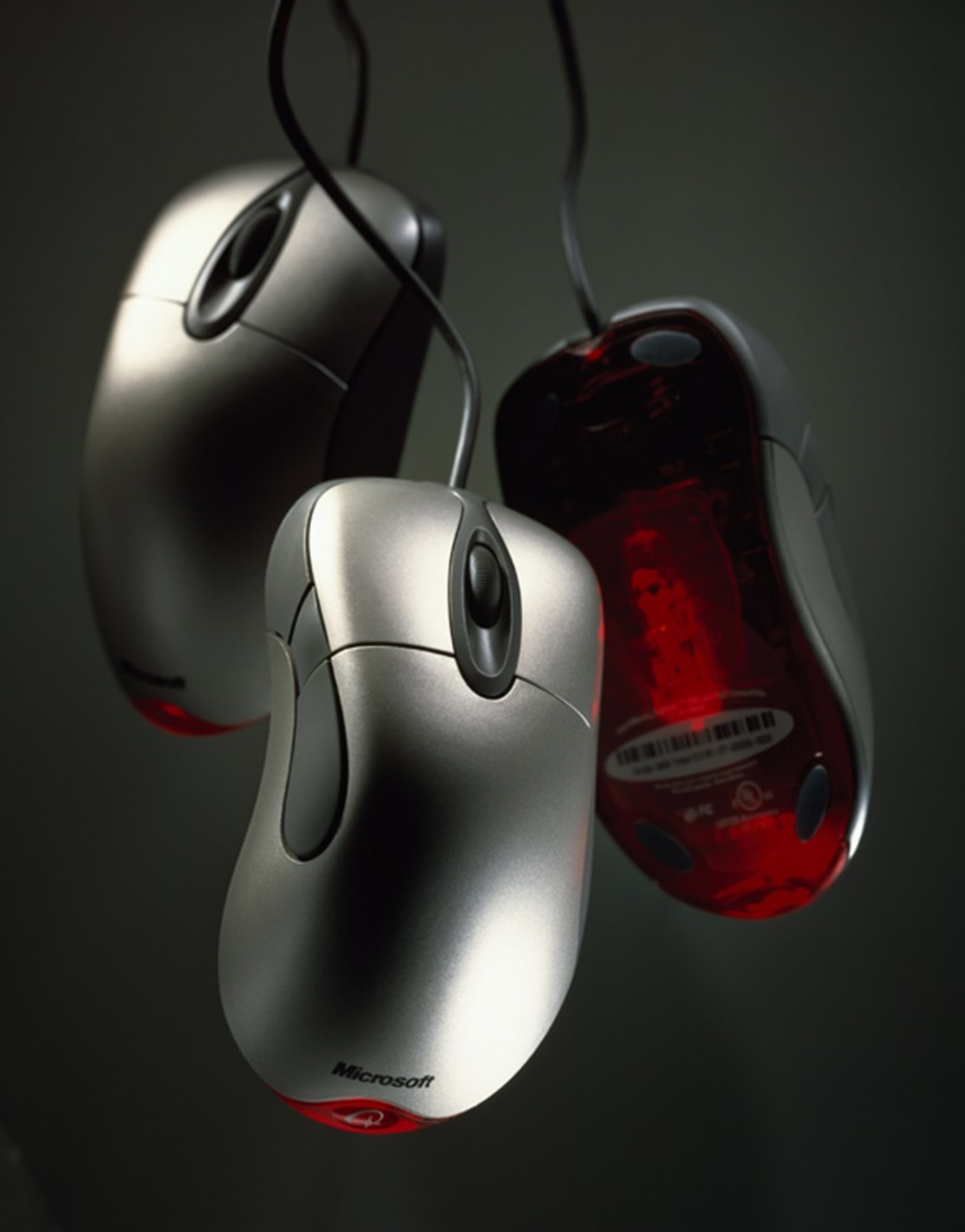
How did you and your team adopt a human-centered design approach?
In industrial design, it is always about asking questions, balancing priorities, and trying to fit things in a form. What do our customers want to achieve? How do we get the circuit board in there? Where do the batteries go? How do we ensure we are aligned with our sustainability goals? Prioritizing what is important to our customers and figuring out how to fit these priorities into a shape and form that is comfortable and aesthetically pleasing is foundational to our work.
In a more concrete example, our input devices and interaction devices must feel effortless and give our customers a sense of flow. And to do that, it must be comfortable. Someone once said that comfort is defined as the absence of discomfort. In other words, you do not notice when things are comfortable and just work. It is when things are uncomfortable or hurt that you really take note of. We are lucky to have talented individuals at Microsoft such as Edie Adams, who is profoundly knowledgeable around ergonomics and who has brought the understanding of human biomechanics into the designs of the products we make, whether it is a mouse, a keyboard, gaming devices, etc. It has always been a priority for us to make our products comfortable to use, for an extended period, for our customers.
Another human-centered design approach we take is ensuring that the performance of our devices enable our customers to do their jobs better. Can they have more control? Are they able to click things with greater accuracy? Can they control a character in a game with more fluidity? A new device should never be in the way of someone trying to meet a challenging deadline or achieve a personal objective. They should be able to have total focus on their task at hand and the device should act as an extension of our customers to get things done effortlessly. It is a privilege for us to have the opportunity to make something special and bring it to the market, so the product has to be great. If not, why bother?
You have had a wonderful career at Microsoft. What are you most proud of?
There are so many things that I have worked on that I am proud of. I am proud of the first mouse that I designed in 1995 because there was an interaction breakthrough. I am proud of the work we did in Zune because it was unprecedented at that time, bringing together a PC client, a service, and a new category of consumer music device. I am super proud of the work we have done at Xbox, especially the adaptive controller, because it opened doors for people to play games who otherwise could not. People do not have to game. They want to game, and it is delightful to see people have a smile on their faces. On top of that, the adaptive controller demonstrated not only to Microsoft, but to many others within the industry that building devices that are inclusive and more accessible to more people is simply good design.

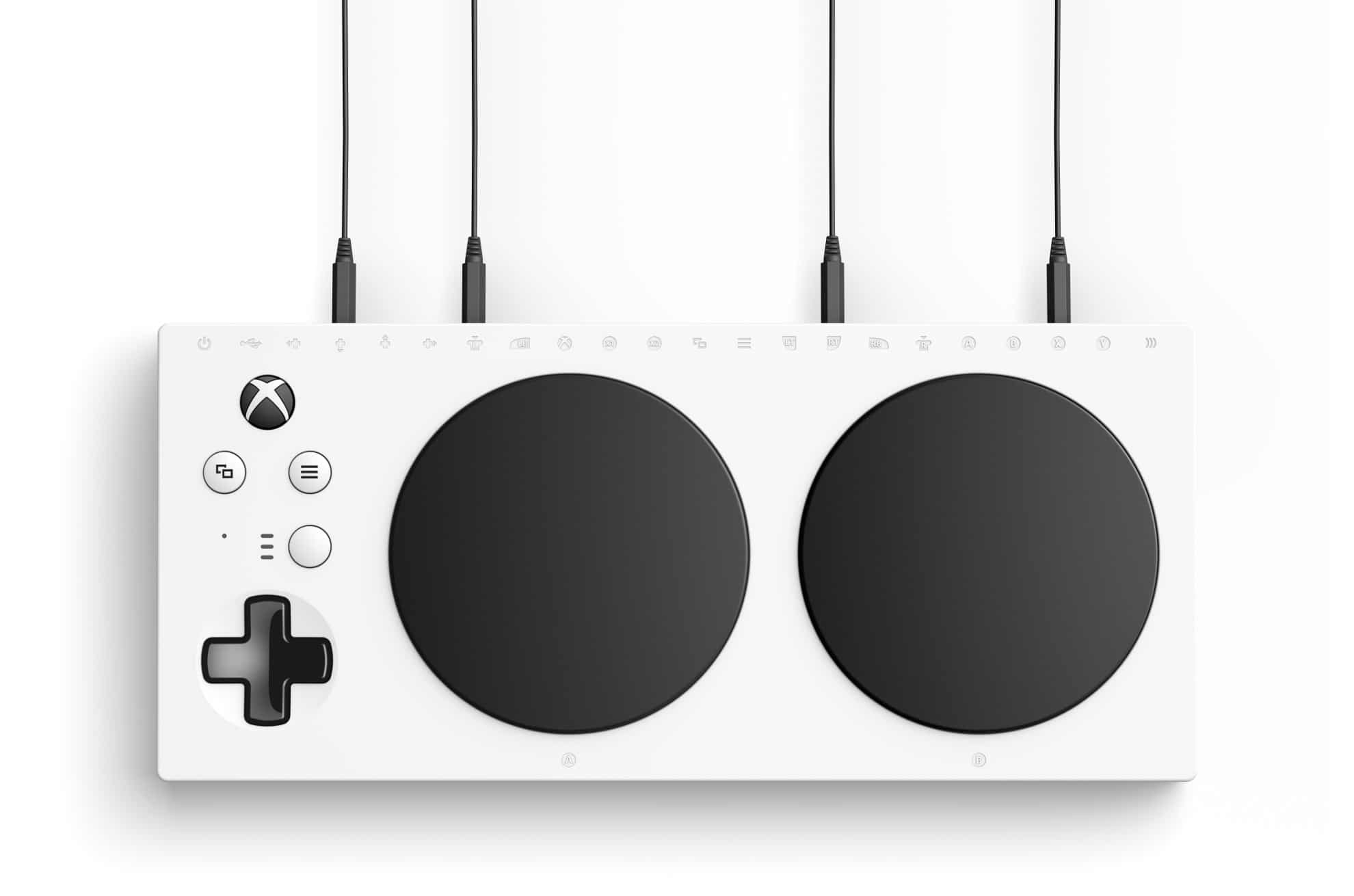
Where do you see the future of industrial design heading?
I personally believe the future for industrial design lies in achieving two things.
One, how do we embed technology and capability, whether it is through AI, or compute, or interaction, into more of the common everyday objects around us. So, things like our environment, displays, or even furniture. Embedding capabilities into more objects so that they become invisible in a sense is going to be huge.
Two, we need to be increasingly more intentional in the devices we design and create. I believe there will always be a need for the physical object, but there may be fewer of them that we own. Which tells me that the things that you do have become more important. If you’re going to invest in something, you’re either going to invest in it for the long term, which would mean you would want this product to stand the test of time to be beautiful, reliable, and continue to bring value in its purpose. Or if you are going to invest in a device that is temporary, then the designer needs to make sure that the device is environmentally sustainable with a path beyond the user that is considerate of the environment when the user is done with it.
What has continued to keep you at Microsoft for the past 30 years?
Once a year, I go away for a day, usually in June, and I ask myself some important questions:
1. Am I having fun?
2. Am I learning new things, and are those things challenging me to learn and grow my own skills?
3. Do I enjoy the people I work with?
And the answer has always been yes for all three of these questions each year. It is a wonderful way to reflect on my own career, the impact that I have had in my work, with my peers, products, and teams, and it helps me feel energized for the next year.
What advice would you give early in career industrial designers?
Be super curious and embrace humans. If you are thinking of solving problems for people, dive deep to understand their problems. Only with an in-depth understanding of what you are trying to solve can you be creative and have a unique approach that differentiates you from others. And to communicate your ideas, explore and experiment with the various AI tools out there. They are incredibly powerful, and you can do so much so fast. It is an accelerator for your ideas, and it can help you communicate your ideas in more meaningful ways than in the past.
Read more
To stay in the know with Microsoft Design, follow us on Twitter and Instagram, or join our Windows or Office Insider program. And if you are interested in working with us at Microsoft, head over to aka.ms/DesignCareers.
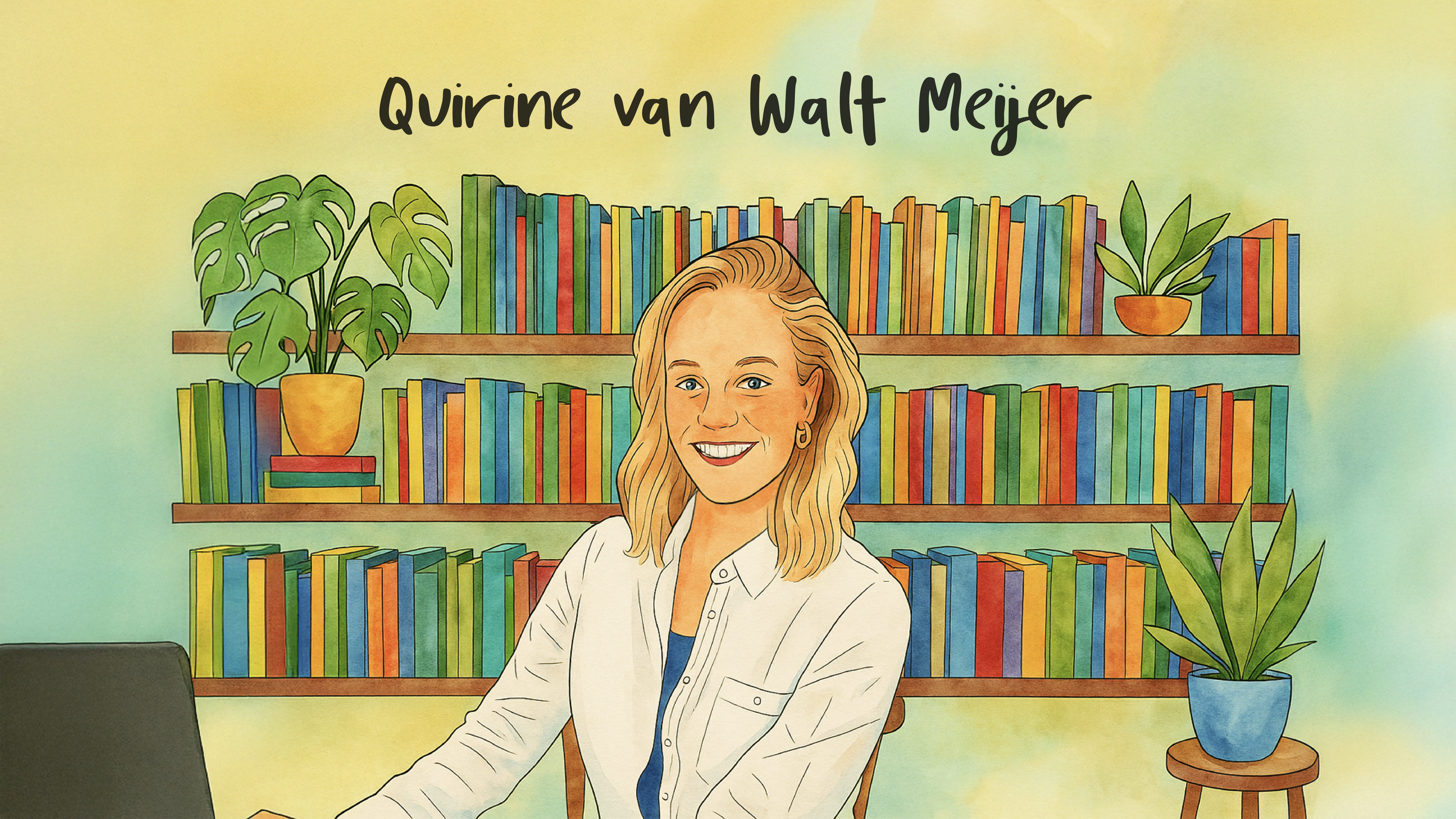
Vibe coding makes prototyping close to code, closer to users
Meet Quirine, a computational design manager exploring how AI reshapes the way her team builds and test ideas

Breaking the mold: Braz de Pina on the evolution of creativity and design in this AI era
Meet Braz De Pina, a Principal Product Designer for Microsoft’s Experience Collective Horizontal Design Studio
